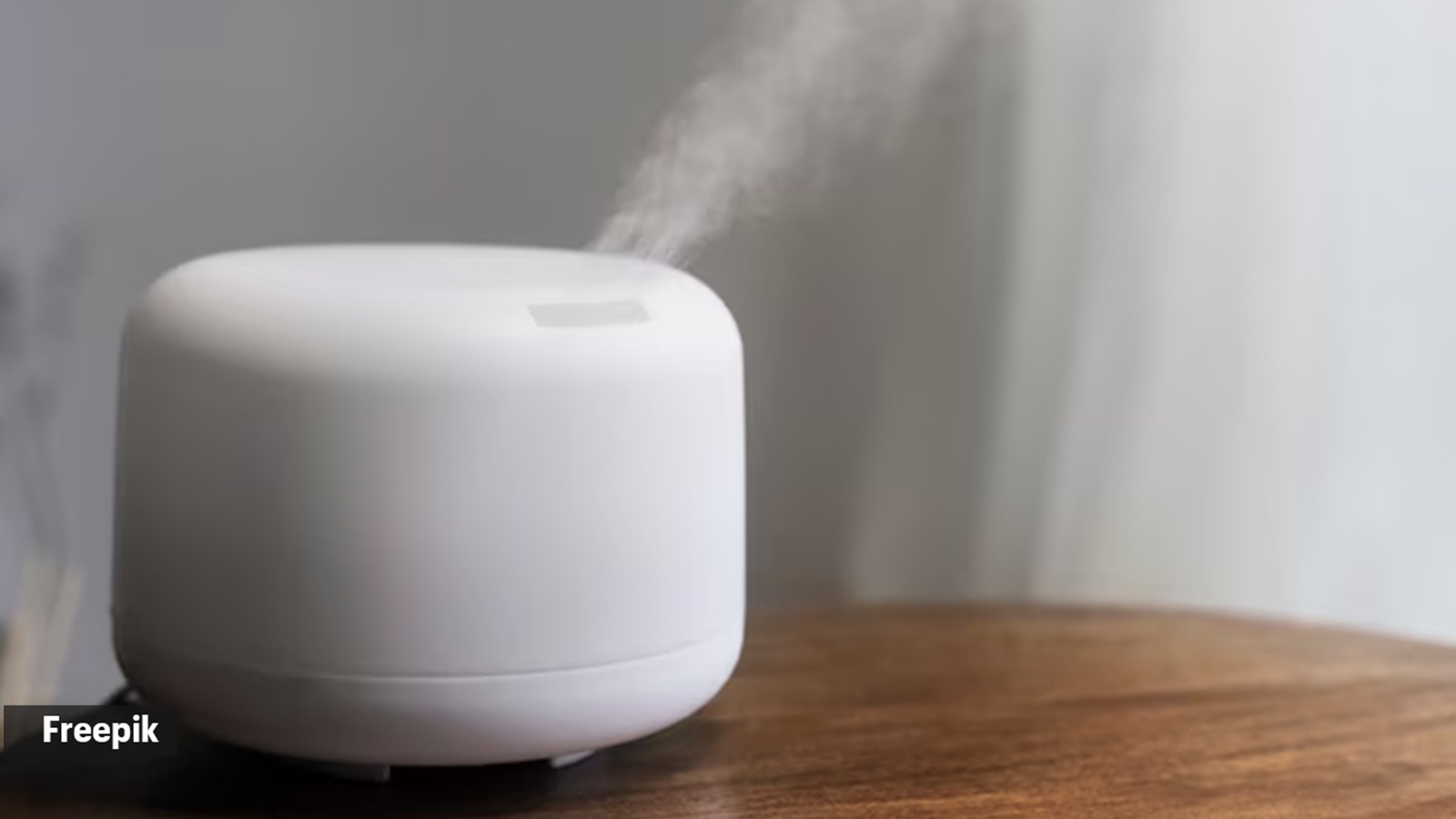[ad_1]
Whether it’s at home, in the office, or at a shopping mall, the quality of the air we breathe indoors can have a profound impact on our health and well-being. “With the increasing awareness of the importance of indoor air quality, it has become absolutely necessary to incorporate healthy building design principles to create spaces that promote a clean and breathable environment,” said interior designer Punam Kalra, creative director, I’m the Centre for Applied Arts.
Here are some ways to go about it.
Effective ventilation systems
Incorporate windows and doors that allow for cross-ventilation to promote the natural flow of fresh air. Proper ventilation is a cornerstone of any healthy environment. Natural ventilation should be the priority but in cases when the outside air has an unbearable AQI it becomes inevitable to design a building with system installations to improve the air movement within the confines and to improve the air quality. Consider installing air purifiers with HEPA filters to capture pollutants. “Installing air purifiers, HEPA filters, and treated fresh air units can bring in a lot of relief for people with breathing difficulties exacerbated by indoor or outdoor allergens,” said Kalra.
Further, incorporating energy-efficient ventilation technologies, such as heat recovery ventilation (HRV) or energy recovery ventilation (ERV) systems, not only improves air quality but also enhances energy efficiency. “These systems help to regulate temperature and humidity levels while minimising the entry of outdoor pollutants,” said Kalra.
 Integrating high-efficiency air filtration systems can significantly reduce the presence of particulate matter (Source: Freepik)
Integrating high-efficiency air filtration systems can significantly reduce the presence of particulate matter (Source: Freepik)
Embracing natural light and biophilic light design
Integrating natural light into indoor spaces not only enhances the aesthetic appeal of a building but also contributes to improved air quality. Incorporating sunlight into indoor environments has been proven to enhance overall well-being. Embrace biophilic design, integrating nature-inspired elements like indoor plants and green walls, to naturally filter pollutants, creating a revitalising environment that goes beyond traditional design norms. “Certain plants like snake plants and spider plants, can naturally filter and purify indoor air by absorbing pollutants and releasing oxygen,” said Kalra.
Beyond green: Low VOC, high impact
Pave the way for healthier indoor living by choosing building materials that are low in Volatile Organic Compounds (VOCs). Opt for paints, adhesives, and finishes that emit minimal harmful chemicals, championing sustainability and promoting a clean, toxin-free environment that’s as good for the planet as it is for its occupants.
Real-time monitoring and advanced filtration
Implementing advanced air quality monitoring systems allows for real-time tracking of indoor air pollutants. This technology enables building occupants and facility managers to take prompt actions to address air quality concerns. “Additionally, integrating high-efficiency air filtration systems can significantly reduce the presence of particulate matter, allergens, and other contaminants in the air. Regular maintenance of these systems ensures their continued effectiveness in safeguarding indoor air quality,” Kalra described.
Thoughtful space planning and zoning
Craft spaces that prioritise air quality through meticulous planning and zoning. Identify high-pollution areas and equip them with specialised ventilation, while areas dedicated to relaxation and well-being can benefit from enhanced natural ventilation and the soothing presence of greenery. Thoughtful space design ensures that each corner breathes life into the indoor environment, contributing to a harmonious and rejuvenating atmosphere.
[ad_2]





